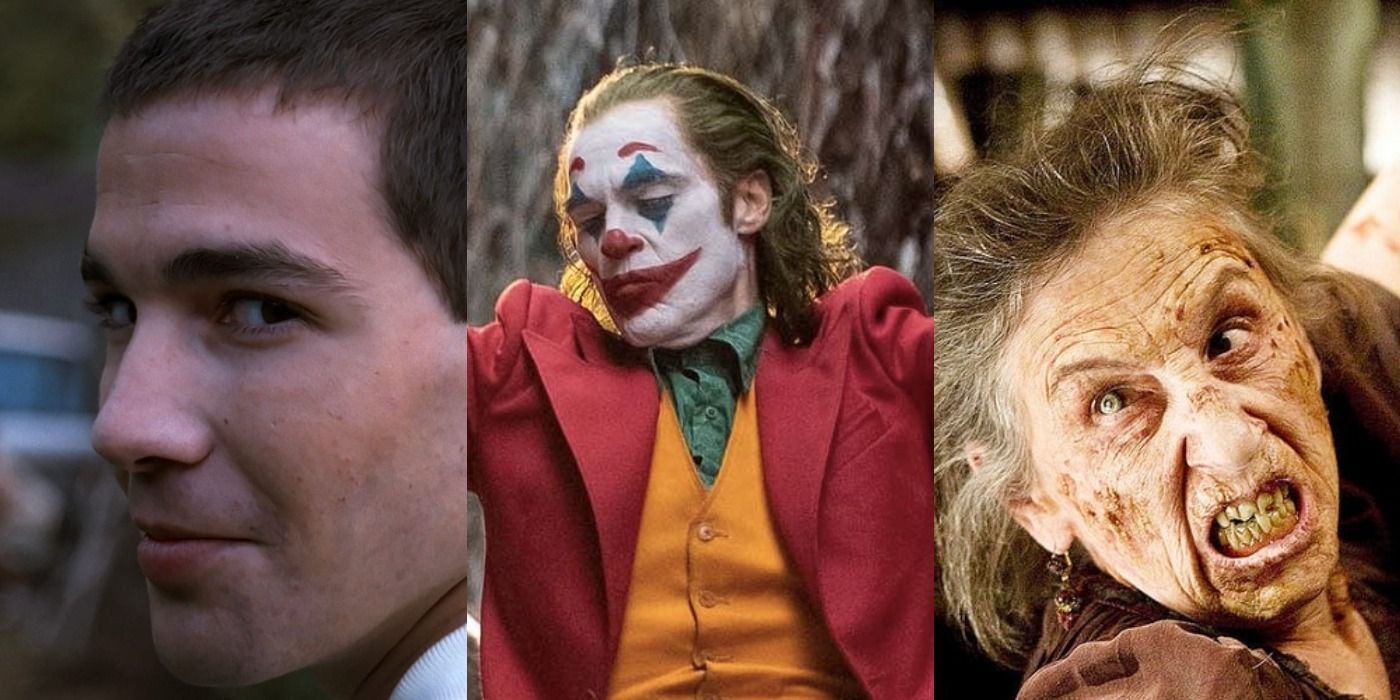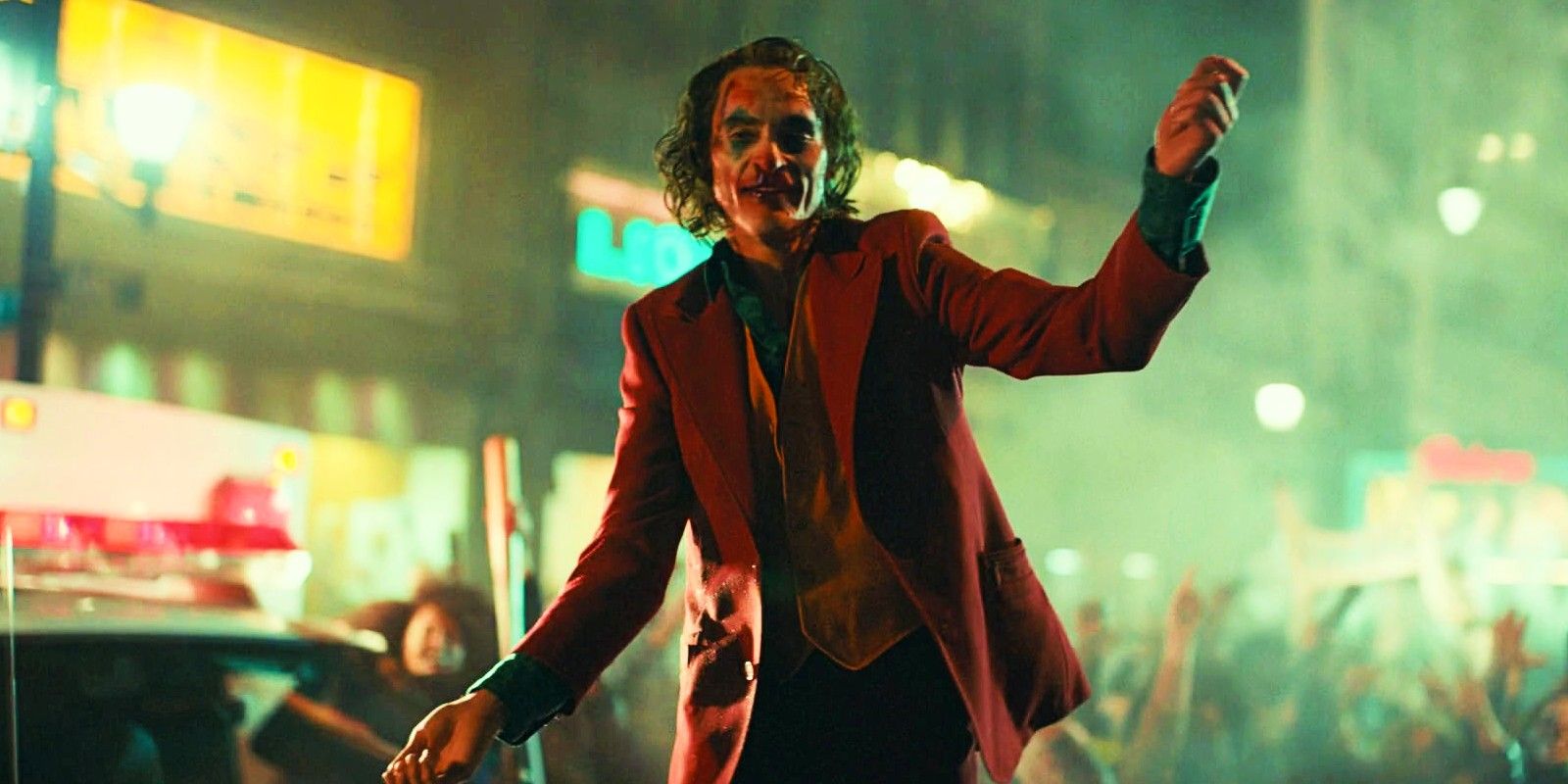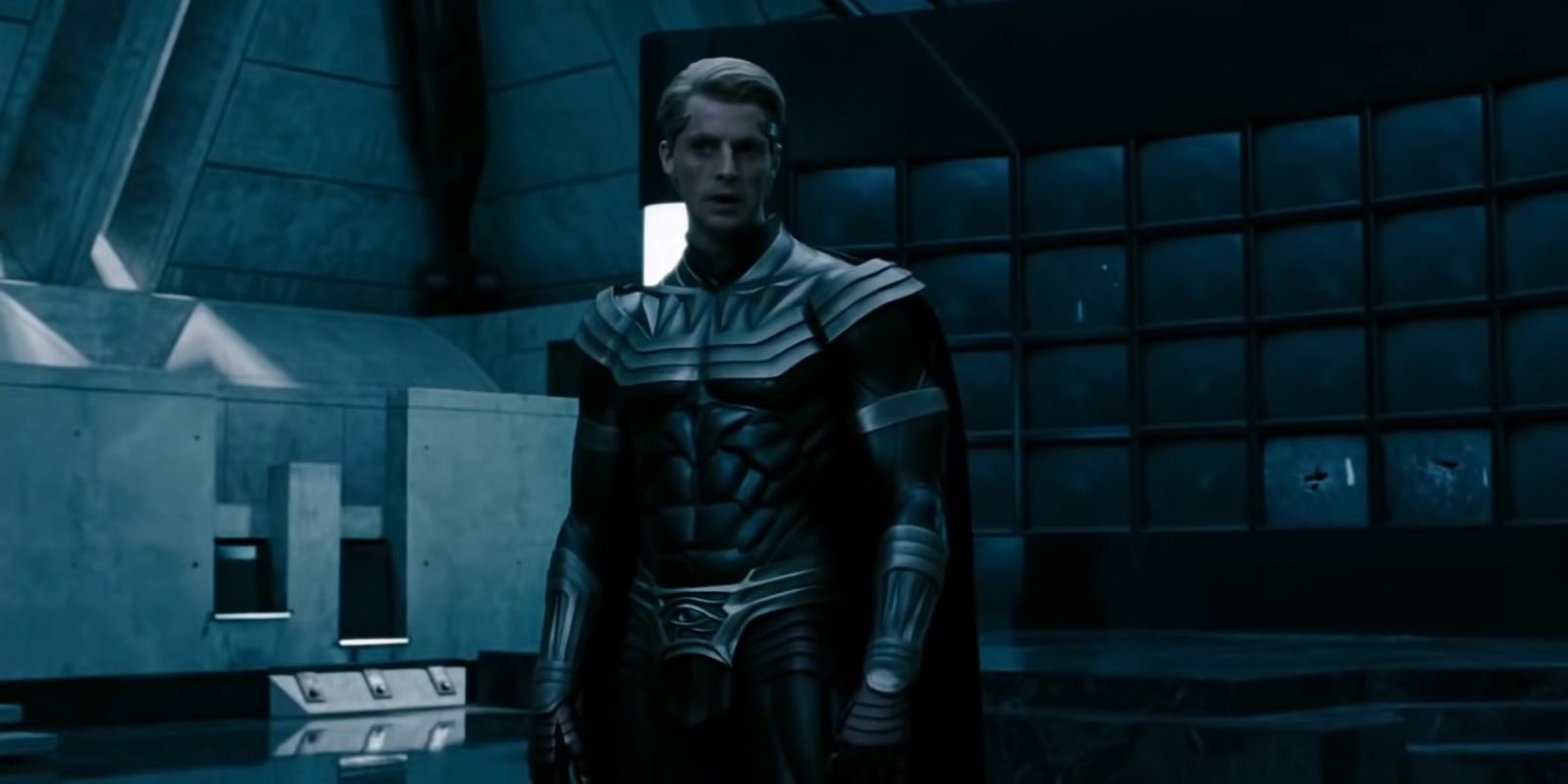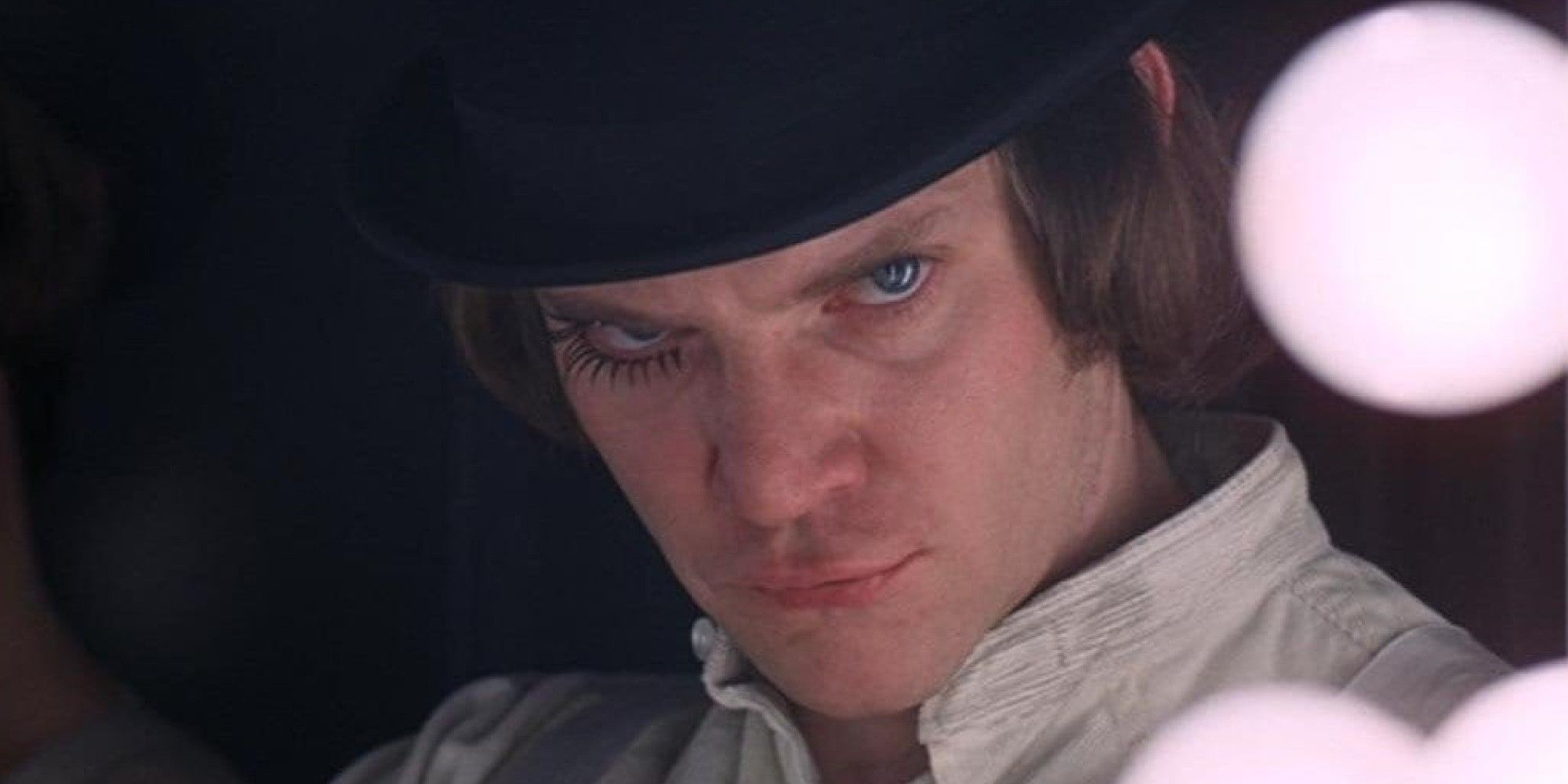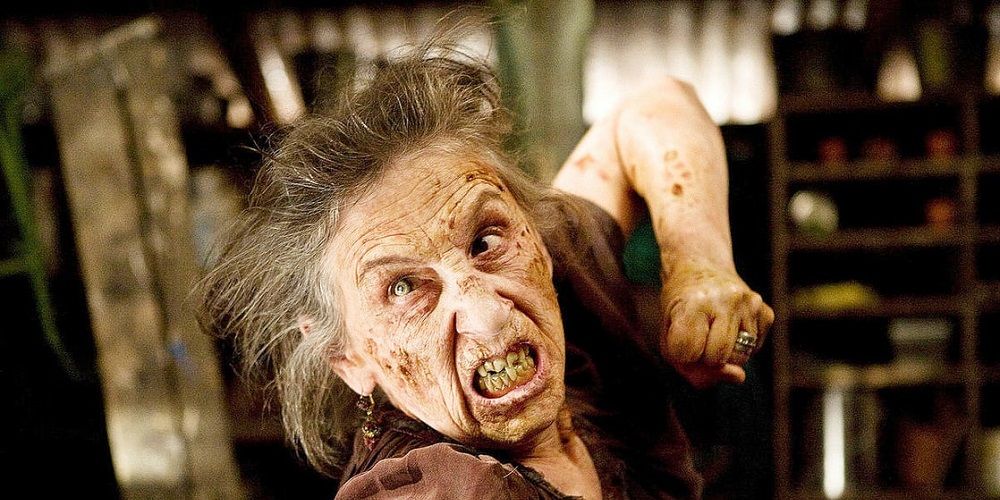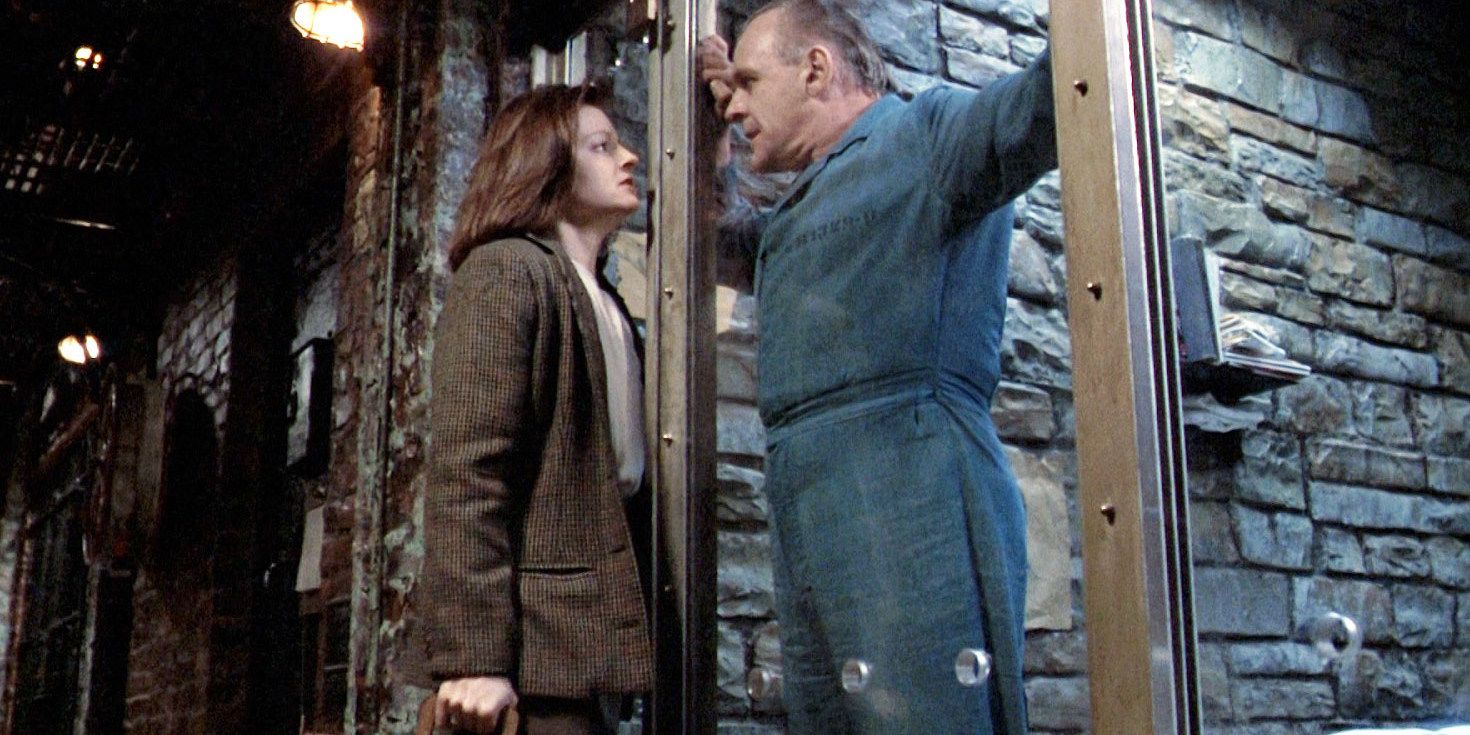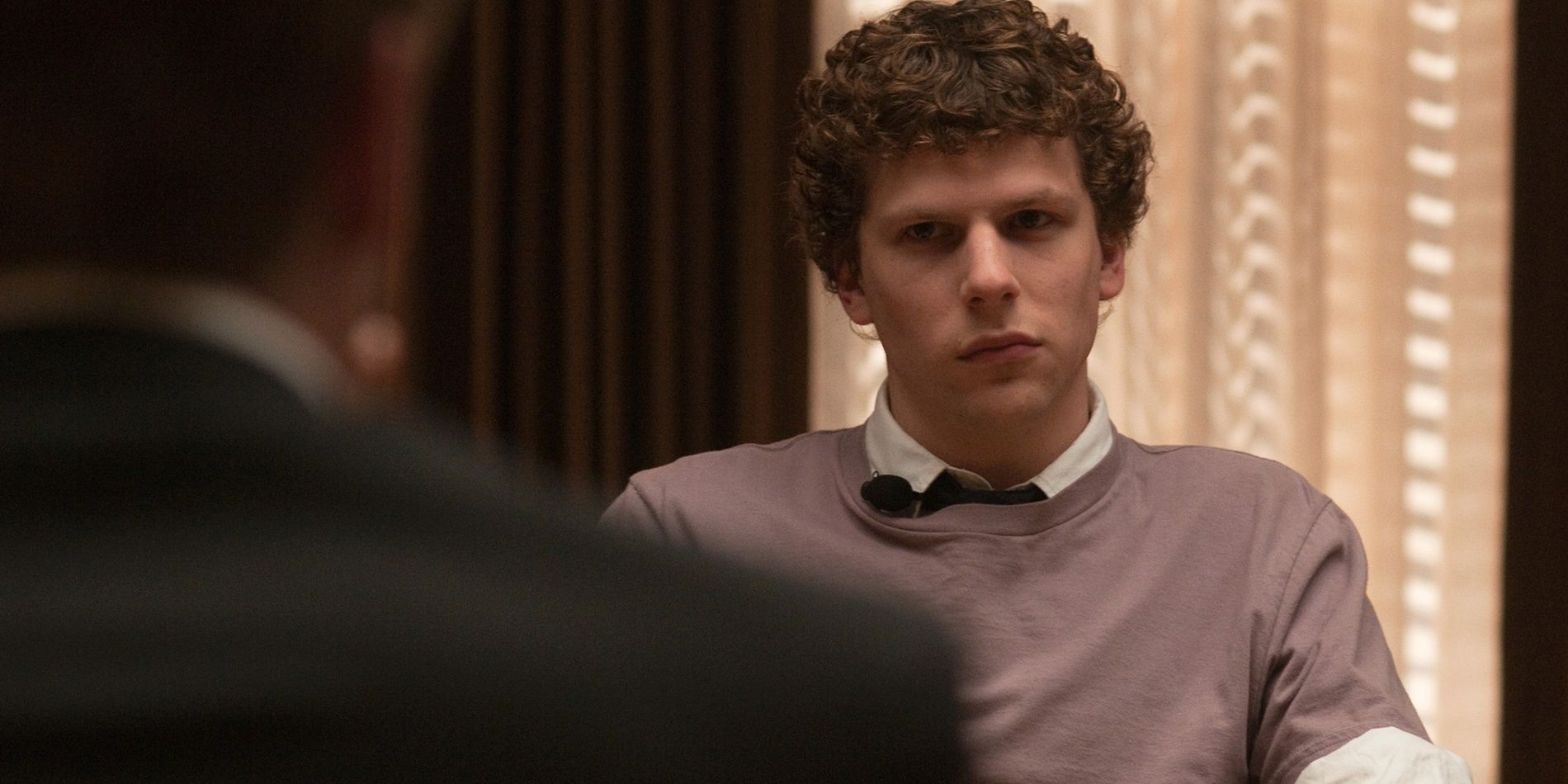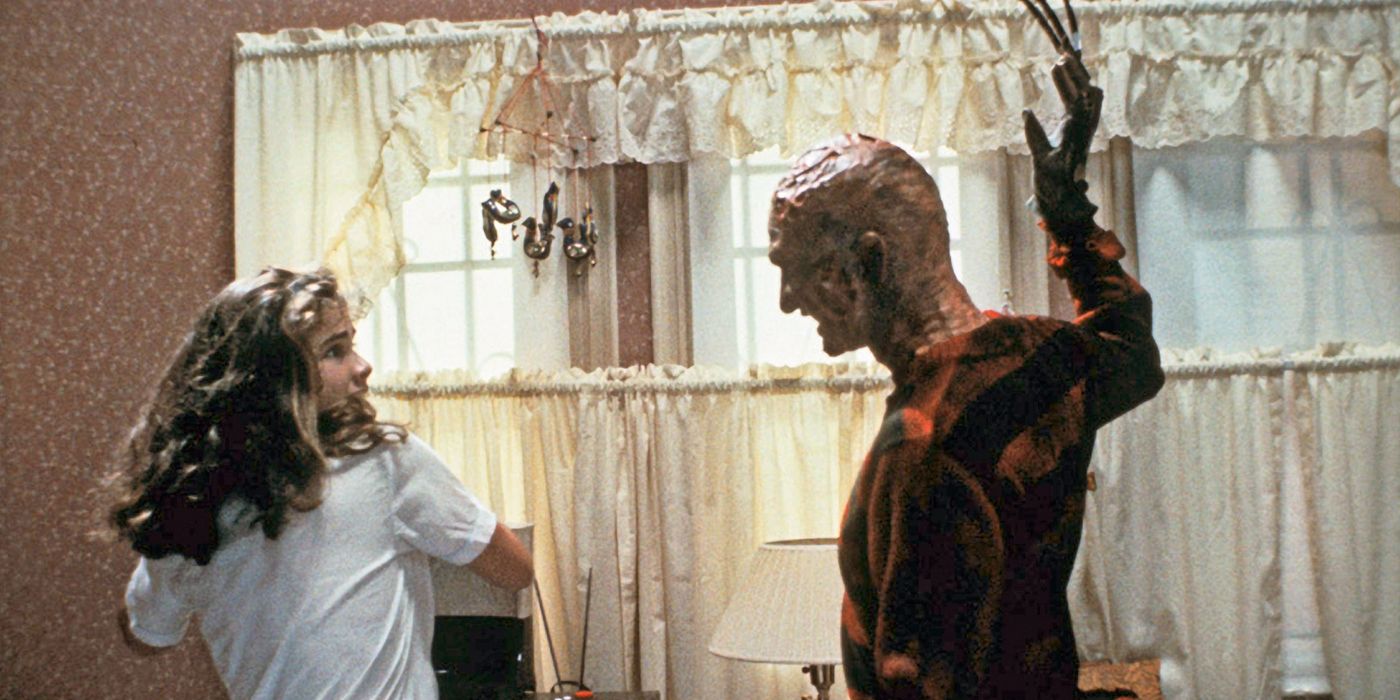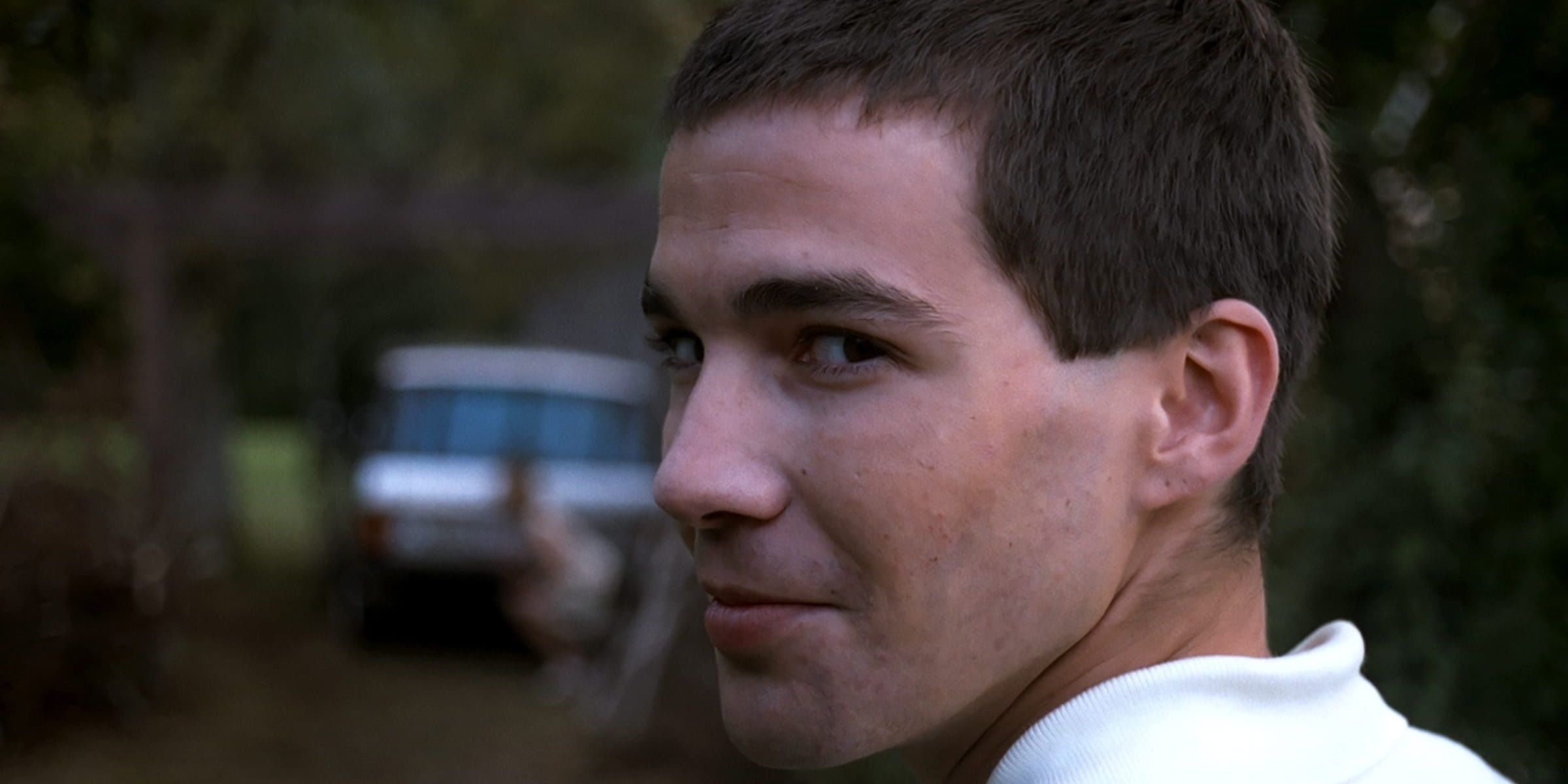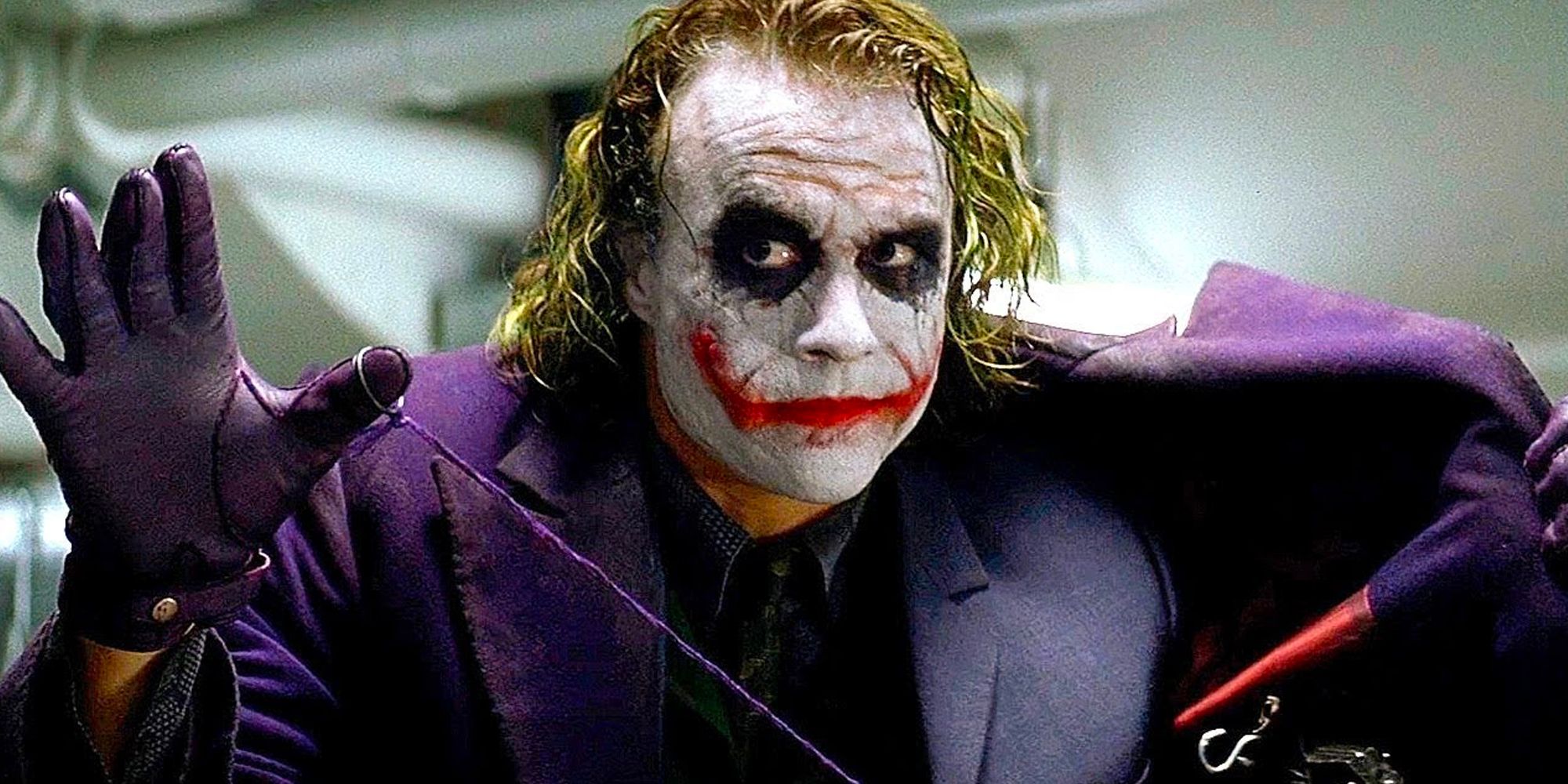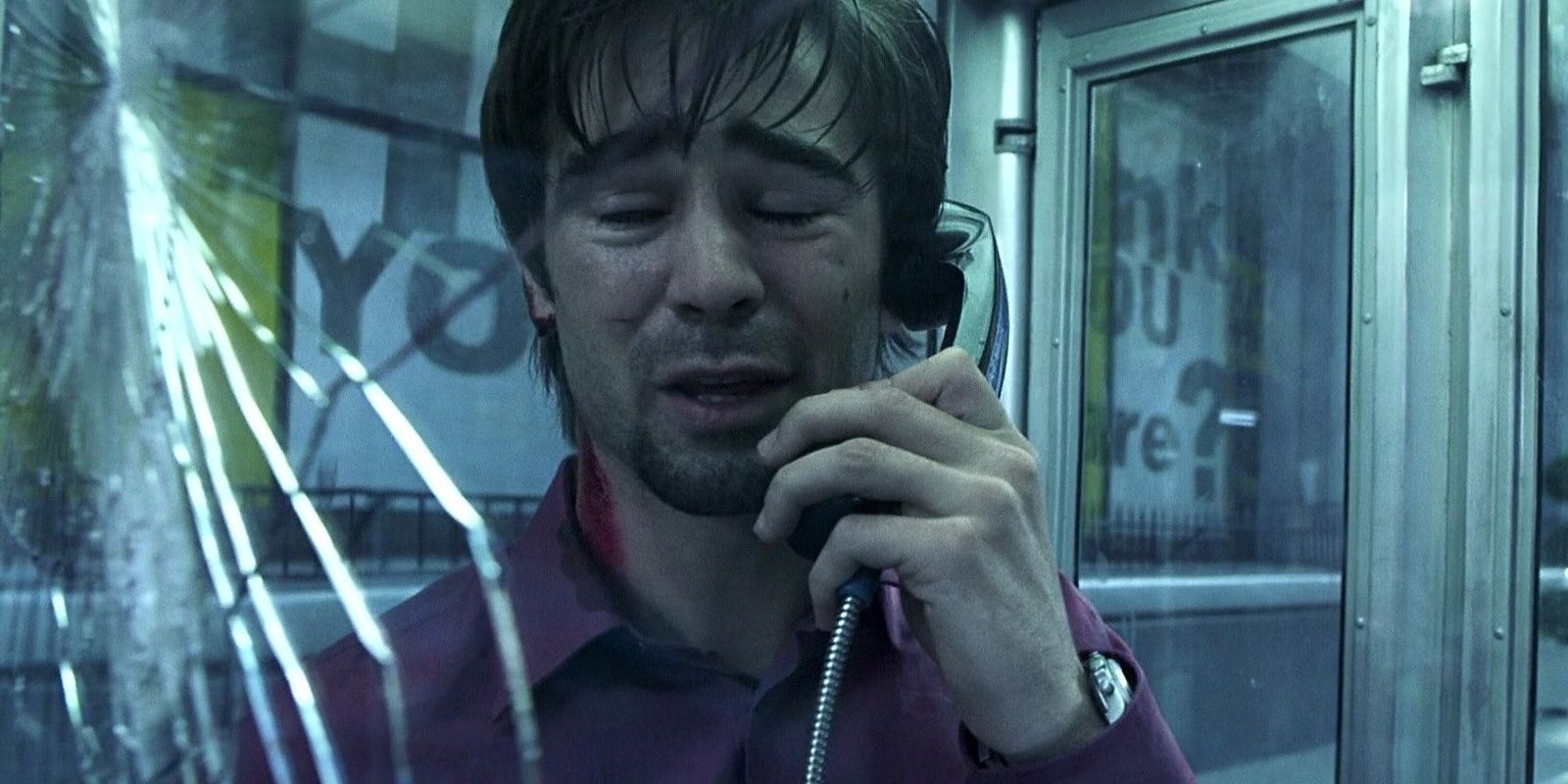Villains are often more interesting than the heroes, as their skewed outlook on life and their outrageous ambitions make for more entertainment than somebody with a clear conscience and moral compass. However, it's always gratifying when the hero comes out on top, but that isn't always the case.
Throughout the decades, there have been so many occasions where the bad guy gets one over on the hero. Whether it's the Joker's cunning schemes, a mystery sniper tormenting people in phone booths, or a gypsy putting a curse on an innocent banker, these villains have great win-loss records.
Joker (2019)
The Joker has won on several occasions, and long before he was causing Batman so much pain, Joker depicted the clown prince of crime's uprising. It's ironic given that Arthur Fleck was losing throughout the whole movie, as he was getting jumped by youths, getting his sign stolen, and he was being bullied by late-night talk show hosts on live TV.
But Arthur got the last laugh. He got vengeance on all of those who laughed at him, started a mutiny, and was literally depicted like Jesus Christ at the very end, as he was standing upright on a police car with his arms spread out.
Watchmen (2009)
Before director Zack Snyder spearheaded the DCEU, there was another DC property he adapted, and just like the Justice League, it was about a team of heroes. But Watchmen was different, as it depicted the breakdown in the superhero team when they all had different ideologies.
They were like The Beatles of superheroes. Once a hero, Ozymandias became the villain of the movie, turning the world against Doctor Manhattan and forcing him to flee Earth. And when Rorschach attempt to expose him, he gets completely obliterated. Though many thought it was unfilmable and Watchmen barely escaped development hell, the ending was still satisfyingly faithful to the source material.
A Clockwork Orange (1971)
A Clockwork Orange follows Alex, who finds himself in jail after a string of vicious assaults and rapes. The government put him through new experimental therapy, and through injections and being exposed to images of extreme violence, he is put off harming anybody ever again.
However, after being the subject of so many assaults when he is released, the government apologizes and reverses the therapy, releasing Alex back into the world as his former vulgar self. It leads to one of the most iconic and ironic final lines in cinema, "I was cured, all right."
Drag Me To Hell (2009)
Sam Raimi is one of the best minds in the horror genre, as he created the Evil Dead series, and the surgery sequence in Spider-Man 2 is one of the most terrifying scenes outside of horror movies. And Drag Me To Hell was his last great entry into the genre, as it follows a woman who has a curse put on her by a gypsy.
For the next few days, she is put through endless torment and even faces the gypsy woman herself. But after all the suffering, she overcomes the curse and buries the gypsy. However, in a fashionably Sam Raimi ending, when audiences think everything is fine, the woman is pulled into hell and burns there for the whole of eternity.
The Silence Of The Lambs (1991)
In many ways, Hannibal is somewhat of an anti-hero, as he did help Clarice for his own self-interest, but the cannibal is one of the deadliest villains in cinema. Not only is he a killer and man-eater in The Silence of the Lambs, but he's superbly cunning too, as he manages to escape a cage within a larger cage full of security.
In one of the most haunting ends ever, Hannibal calls Clarice from the Bahamas, notifying her of his escape, and telling her that he's "having an old friend for dinner". He then disappears into a crowd of people, making for one of the most iconic final shots in cinema.
The Social Network (2010)
Whether or not Mark Zuckerberg is a villain in real life, he's certainly a villain in the dramatized version of Facebook's inception. The Social Network saw the billionaire entangled in multiple lawsuits, whether it was the Winklevi claiming they created the platform, or Eduardo claiming he was muscled out of the company.
At the end of the day, regardless of how much money he lost, it was just a drop in the ocean, and none of it remotely affected Zuckerberg. And though he lost a few friends in the process, he came out on top. And with user's privacy coming into question and the whole Cambridge Analytica scandal, the character could become even more of a villain in the high in-demand Social Network 2.
A Nightmare On Elm Street (1984)
The whole thing about A Nightmare On Elm Street is that if Freddy kills a character in their dreams then they die in real life, and eventually, the villain is summoned into the real world where he can kill anybody he wants. It's soon revealed that it was Nancy's mother that Freddy was after the whole time, as she was who killed him years before.
Though Nancy manages to kill Freddie and everything goes back to normal, there's one final scene, and it's one of the most famous jump scares in history. Freddy smashes through a window with his iconic claw glove and grabs Nancy's mother by the neck, dragging her into the house and getting the sweet revenge he always wanted.
Funny Games (1997)
Austrian director Michael Haneke is best-known for his romantic movies, and he even won the Palme d'Or at the Cannes Film Festival for Amore, but there's a dark streak that runs through some of his older movies. One of the most shocking in his filmography is Funny Games, which follows a family on vacation who gets held hostage by two bored young men.
The family ends up getting tortured, and though Haneke teases audiences by showing them almost escaping multiple times, the two men murder the wife, husband, and son before simply going about their day. What makes the film most shocking is that so much of the violence is off-screen, meaning that audiences are left to imagine what's happening from the vulgar sounds they can hear.
The Dark Knight (2008)
In The Dark Knight, Two-Face was killed and the Joker was captured, so none of the bad guys literally won at the end of the 2008 movie. However, the Joker figuratively won, as the movie is all about how the Joker believes even the most moral people can be broken.
It all begins with the Batman scene that gets better every time, where the caped crusader is interrogating the clown prince of crime. From that moment, it was the start of him corrupting the "White Knight of Gotham," and then he turned the whole of Gotham against Batman. And all Joker got in return were a couple of new scares.
Phone Booth (2002)
A New York publicist is tormented throughout the whole of Phone Booth, as he falls into a mysterious caller's tricks when he answers the random phone call. The publicist's world comes crashing down, as he is forced to admit his affair to his wife and all of his wrongdoings to his clients while being held at gunpoint by the caller.
The publicist doesn't get killed, but the sniper doesn't get caught either. Phone Booth is almost like PG-13 version of Saw, as the sniper doesn't kill the publicist, but warns him that he'll return if his newfound honesty doesn't continue.

